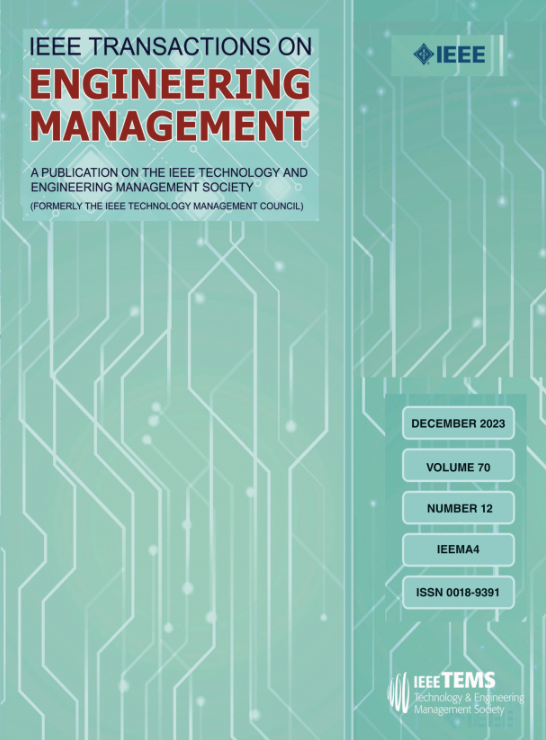最大截割公式的二次松弛优化配电网设计
IF 5.2
3区 管理学
Q1 BUSINESS
引用次数: 0
摘要
在家电零售行业中,配送服务近年来面临着跨地区分布带来的挑战,因此有必要确定服务区域,以减少不同地区的配送耦合。针对家电产品的特点,本文首先提出了一种多维权重模型,该模型结合设计的模糊隶属函数,修正了出行距离带来的成本误差。然后将服务区域的确定表述为多个最大切割问题。在此基础上,提出了一种具有良好理论性质的线性二次规划(LCoP)算法,利用二次松弛法求解最大割问题的近似全局最优解。提出的LCoP算法迭代求解公式化的最大割问题。从数值结果来看,LCoP算法比Williamson和Goemans算法和量子近似优化算法产生了更好的近似最大割,随着问题规模的增加,这两种算法的效果越来越差。与原有的日顺物流配送网络和测试算法相比,实施所提出的规划方法在跨区域配送频率和运输成本方面更有利于日顺物流。本文章由计算机程序翻译,如有差异,请以英文原文为准。
Optimizing Distribution Network Design Using Conic Relaxation for Maximum Cut Formulations
In the home appliance retail industry, delivery services have faced challenging situations caused by cross-area distributions in recent years, making it necessary to determine the service area to reduce the distribution coupling of different areas. Given the special characteristics of home appliance products, we first propose a multidimensional weight model by incorporating a designed fuzzy membership function that corrects the cost errors brought about by travel distance. Determination of the service area is then formulated as multiple maximum cut problems. Moreover, with good theoretical properties, a linear conic programming (LCoP) algorithm is developed to obtain the proximate global optimum solution for the maximum cut problem by applying conic relaxation. The proposed LCoP algorithm is applied iteratively to solve the formulated maximum cut problems. From numerical results, the LCoP algorithm produces a better approximated maximum cut than Williamson and Goemans’ algorithm and quantum approximate optimization algorithm, both of which become increasingly less effective as the problem size increases. Compared to the original RiRiShun Logistics (RRS) distribution network and tested algorithm, implementing the proposed planning approach benefit more to RRS with respect to the cross-area distribution frequency and transportation costs.
求助全文
通过发布文献求助,成功后即可免费获取论文全文。
去求助
来源期刊

IEEE Transactions on Engineering Management
管理科学-工程:工业
CiteScore
10.30
自引率
19.00%
发文量
604
审稿时长
5.3 months
期刊介绍:
Management of technical functions such as research, development, and engineering in industry, government, university, and other settings. Emphasis is on studies carried on within an organization to help in decision making or policy formation for RD&E.
 求助内容:
求助内容: 应助结果提醒方式:
应助结果提醒方式:


